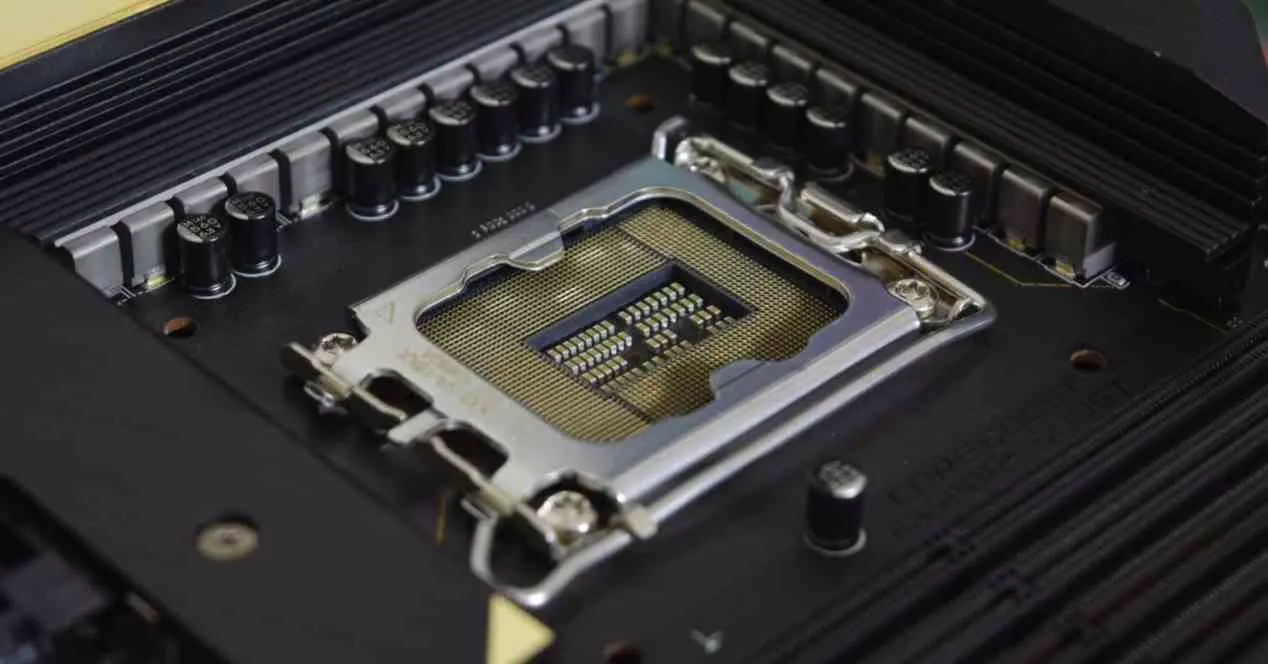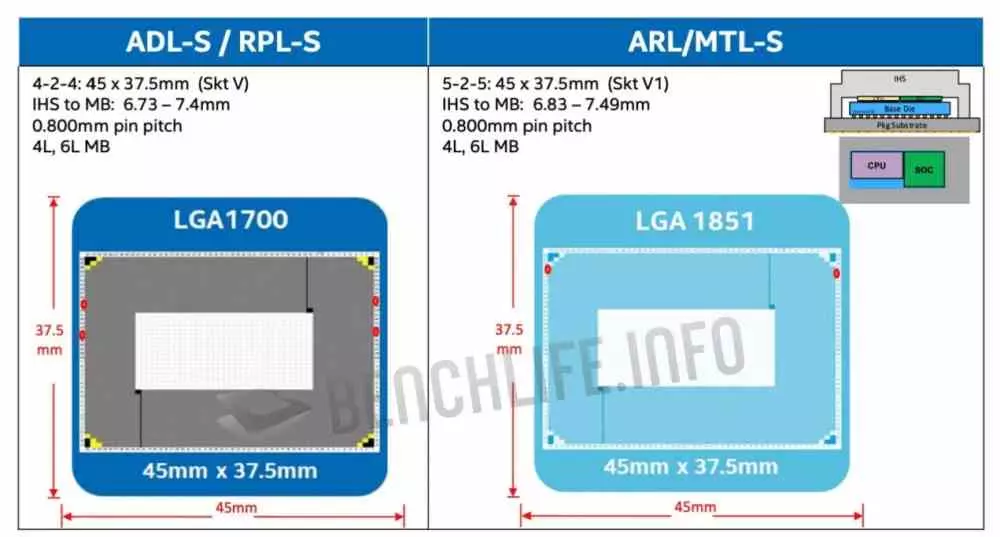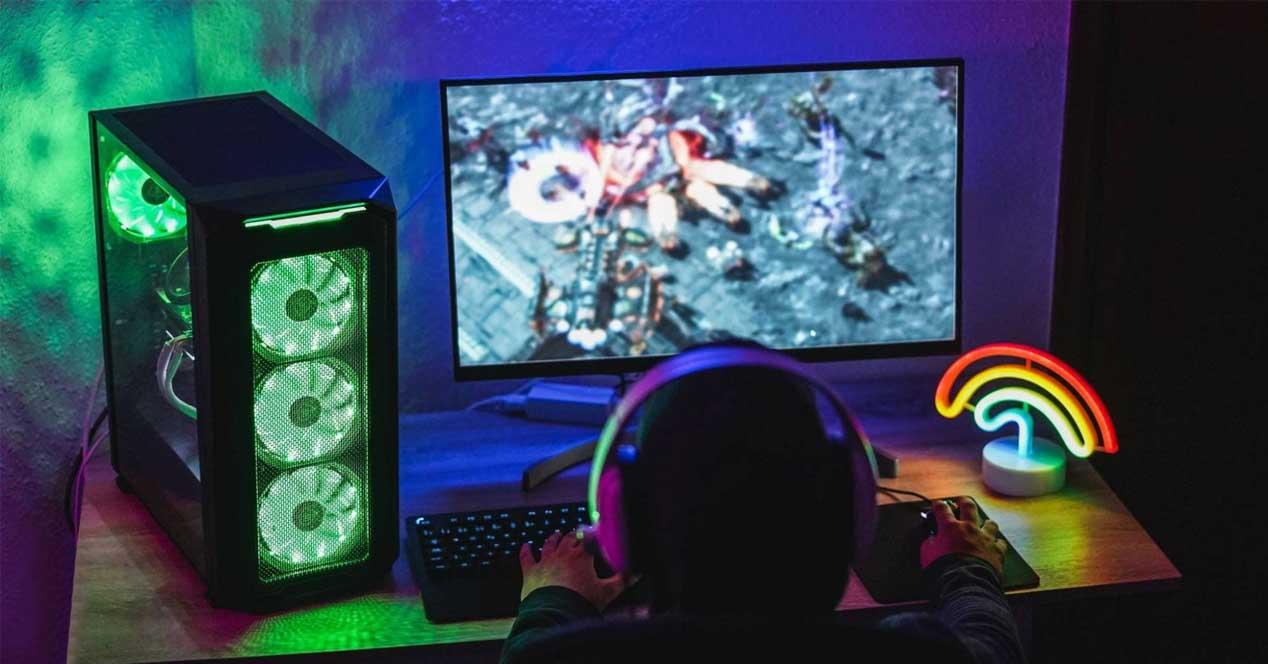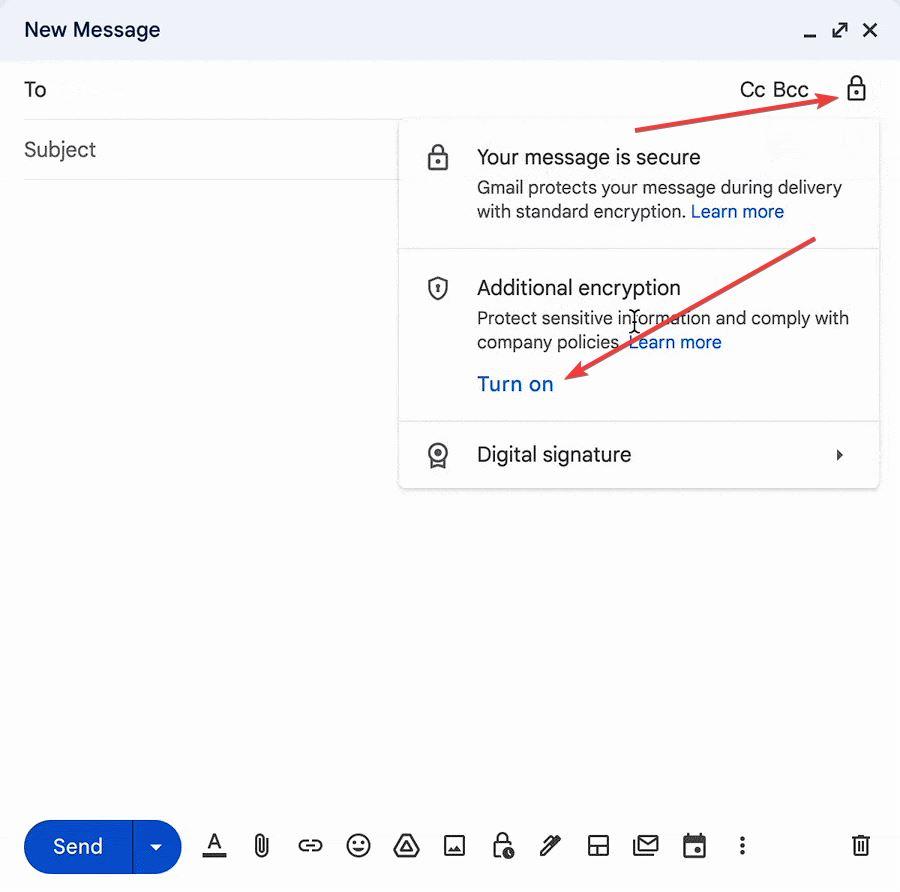
It’s no secret that Intel’s processor roadmap is full of new features for the next few years. When the thirteenth generation of its CPUs for PCs has not even appeared on the market, we already have a good part of the information on the fifteenth. Since we can already talk about the socket that we will see for desktop processors under the Meteor Lake and Arrow Lake architectures, the LGA1851 or Socket V1. Although not only its name has been revealed, but also a number of additional features.
Not long ago, the gossips claimed that the socket for the Intel Core 14 and 15 will be the LGA 2551. However, in the end it has been shown that this is not the case and through a leak we have been able to know that it is the LGA 1851. which will be named Socket V1. Which does not rule out the 2551-pin socket that had been rumored so far. Although this would rather be for a possible sixteenth generation or another series of processors. In any case, Intel continues its tradition of changing the connector or socket for the connector every two generations.
This is the socket V1 of the Intel Core 14 and 15
At first glance, what is surprising is that we are going to have a relatively low jump in the number of interconnections compared to the previous generation, but it does so twice when we realize that the size is exactly the same, 45×37.5mm. So the first thing we must assume is thate Cooler support for Intel Core will be maintained until at least 2024. Year in which the Intel Core 15 is expected, codenamed Arrow Lake and which will also use the V1 socket and therefore be compatible with the same motherboards.
The most important change is in the heat sink of the package, which is now taller and has gone from a height ranging from 6.73-7.4 mm to 6.83-7.49 mm. This is not a substantial change, but manufacturers of CPU cooling components will need to take this into account. In addition, thanks to this, the heat emitted by the processor will have some variation. In any case, it is not a headache that users should worry about and we are very sure that the vast majority of AIO processor heatsinks and radiators on the market will continue to be fully compatible with Intel CPUs, at least up to the fifteenth generation.
Arrow Lake has not yet fully finalized its design.
Both the Intel Core 14 and its successor will be based on several chips, so they will be processors broken down into chiplets or tiles. Which will make use of Foveros technology to intercommunicate. At this time Arrow Lake is not finished in terms of design. At the moment it is nothing more than a point on the road map. However, various rumors have been appearing that due to the distance in time with respect to the launch, we take them with a grain of salt. The only sure thing? The use of Intel 20A or 2nm node for the first time in one of its processors. as well as a Integrated 320 EU GPU.




